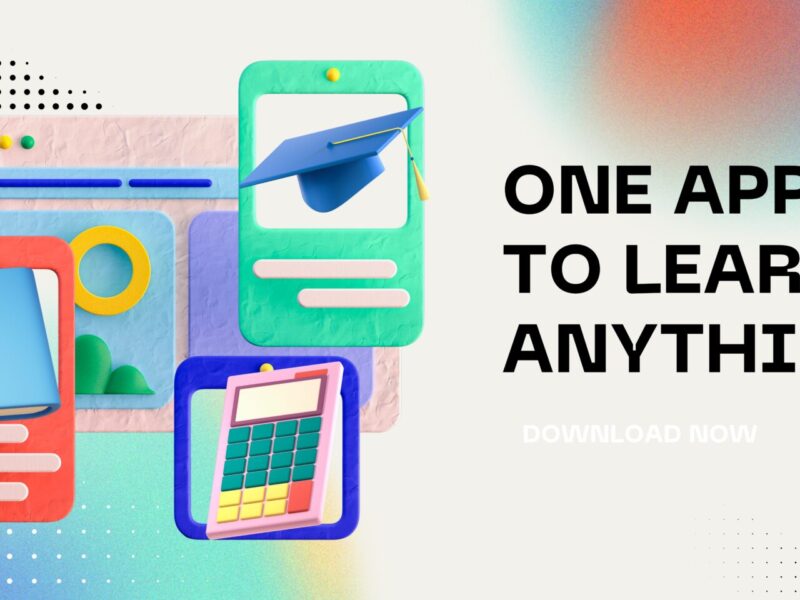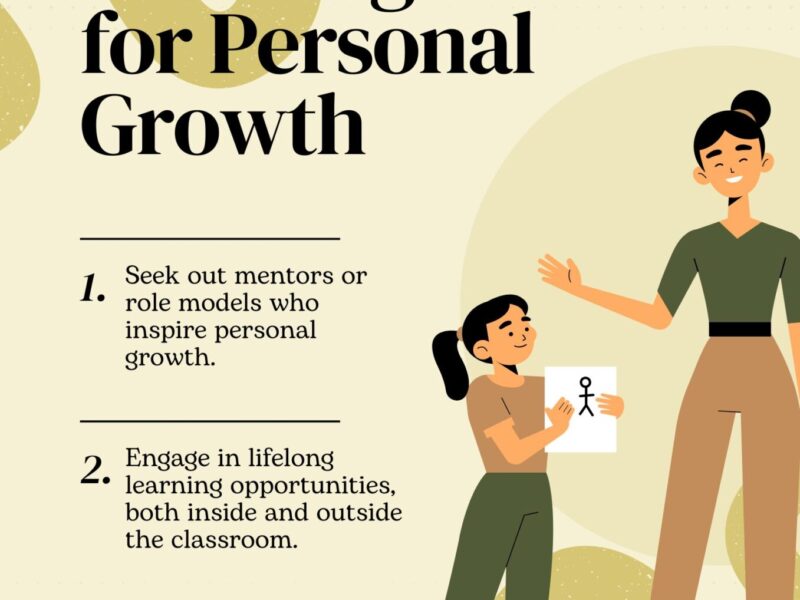With online learning today, there has been a growth in terms of types to meet different learning needs, styles, and objectives. Such as, MOOCs, self-paced activities, and blended learning-the three major typologies.Types of Online Learning: MOOCs and Blended Models. Each of these has its own aspects, advantages, and disadvantages. Types of Online Learning: MOOCs and Blended Models.The present article fairly scoured all three forms within the realm of e-learning, namely, evolution, efficacy, and applications thereof.
1. Online Learning Types
All of a sudden, the internet and technology changed the whole educational landscape. Convert from a traditional classroom into a digital space, and then find even newer formats by which the last transformation is brought about to reach the entire world. Most familiar ones are as follows:
MOOCs: Courses designed for unlimited participation and open access.
Self-Paced Learning: It brings the freedom of learning through the speed at which one shall choose to cover the subjects.
Blended Learning: It brings both a face-to-face and online form of study.
With these forms of online learning, there are the different options provided for students according to their time availability, objectives, and what learning style they prefer.
2. Massive Open Online Courses (MOOCs)
In fact, MOOCs are large-scale free courses, open to anyone with an internet connection; in other words, they are set to be free-access, large-admission courses designed to meet the emerging demand for affordable, available education.
Key Functions of MOOCS:
Open Enrolment: Open to all; there are no requirements; thus it is the education of a variety of types of people.
Scalable: Made for thousands or millions to learn at the same time.
Curriculum Telescoping: Modules or weeks, with video lectures, quizzes, and assignments included.
Certification Options: Provide a few MOOCs with certificates after payment for being recognized for having skills learned.
Merits of MOOCs:
Accessible: Learning is possible for everyone worldwide, with respect to no location or the price of the learning.
Cheaper: Most MOOCs are free or charge much less compared to traditional education.
Much Range of Topics: Moocs cover almost everything from computer scienceto study courses in human behavior or personal development.
Convenient: It allows the learner to study at the time convenient to him.
Challenges of MOOCs:
Lack of Motivations or time among students leads to many of them failing to complete the course.
Limited Personal Interaction: Class sizes are so immense that personalized feedback is hard to come by.
Variable Quality: Courses differ according to the interpretation of the platform or teacher.
Famous MOOC sites:
Coursera: Offering MOOC courses by top universities and organizations.
edX: The portal offers entry into university-level courses- often free of cost.
Udemy: A platform with individual courses done by different instructors.
FutureLearn: Social learning and collaboration are key focuses.
3. Self-Paced Learning
At the same time students postpone their learning for weeks, they determine when and at what speed they will learn. This has been followed by self-paced learning rather particularly attractive to the employed, married and family-attached students.
Salient Features of Self-Paced Learning:
Flexible: A learner decides when to study or how much to learn.
Independent Study: Self-responsibility and self-discipline.
Open Resources: Most content is recorded; learners can return to any item at will.
Pros of Self-Paced Learning:
Convenience: Best for people with busted cycles.
Control: The student concentration has the ability to retain or extract difficult areas omitted from topics already learned.
Accessibility is linked to consumption-on-demand repetitive using resources.
Difficulties in Self-Paced Learning:
Self-Motivation: It asks for sufficient discipline so that the person is on course.
Less Interaction: There are not many opportunities for real-time cooperation or feedback.
Procrastination Worthy: The flexibility in deadlines will be for often delaying or to leave the course incomplete.
Examples of Self-Paced Learning Platforms:
Khan Academy: Provides courses for school-level education and beyond.
LinkedIn Learning: Professional development is the focus with short courses that can be taken modularly.
Skillshare: There are project-based courses designed mainly for creative learners.
Pluralsight: Training involves technology and software development.
4. Blended Learning
Blended learning is a mix of both online and offline education, combining the two forms in a class and therefore a better outcome. This model has found wide usage in schools and universities as well as in corporate training.
Hybridity: This type of blended learning combines online tools with traditional methods of face-to-face interaction. It has a variety of online modules and virtual lab experiments, as well as effective traditional classroom activities. Collaborative Learning: Brings together peers, instructors, and individuals learning from each other.
Blended Learning Advantages:
Improved Engagement combines interactivity in online material with hands-on practice.
-Balanced Flexibility: some autonomy, designed also structured guidance.
Collaborative Opportunities: in-the-moment discussions and activities. Improved Retention left learning enhancement; the kind of learning online along with in-person learning fosters much better retention.
Limitations of Blended Learning
Technical Requirements: Network connectivity and hardware to access the learners. Training the Instructor-Teachers should be adept in both online and in-person methods of teaching. Coordination-Requires meticulous planning, so that the balance of online and offline elements is maintained smoothly.
Examples of Blended Learning Models:
Flipped Classroom: Students access online materials for study before class, and then, during class, they engage in interaction.
Station Rotation: Online learning, accountability groups, and teacher-led sessions are rotated by students.
Corporate Training: E-learning modules with workshops in the learning process complement the face-to-face workshop.
5. Comparison of MOOCs, Self-Paced and Blended Models:
Feature MOOCs Self-Paced Learning Blended Learning
Flexibility High Very High Moderate
Interaction Limited Minimal High
Cost Low Low Variable
Accessibility Global Global Local/Hybrid
Engagement Moderate Variable High
Structure Fixed Curriculum Flexible Combination of Both
How to Choose the Right Learning Model
Choosing the right online learning model is important for you as an individual and it is determined by:
Learning Goals: MOOCs are preferred for general topics; self-paced is good for specific skills; and blended for immersive experience.
Schedule: Consider self-paced or MOOCs if you need flexibility, and blended if you can commit to a fixed schedule.
Pace and Preferred Interaction: Choose blended learning for opportunities for collaborative effort and personalized face-to-face guidance.
Budget: MOOC and self-paced options are usually less expensive than blended programs.
End.
MOOCs, self-paced learning, and blended models are part of the diverse array of flexibilities offered by e-learning. While these invite distinctive merits, they cater to a different audience with distinct objectives. Given the advancement in technology, it can be expected that learning will change even more toward individualizing access, engagement and effectiveness, of which people and institutions will be informed for wiser decisions.

